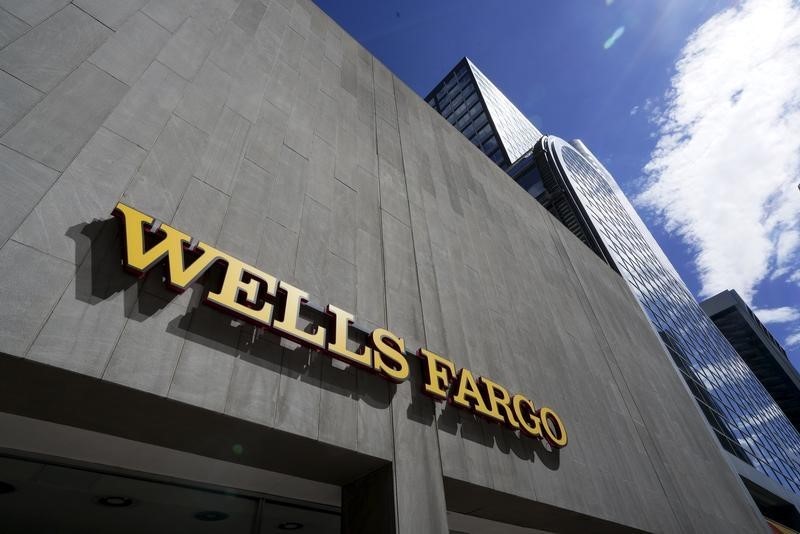This post was originally published on this site
https://i-invdn-com.investing.com/news/LYNXNPEC8C0PB_M.jpg
The bank’s Q3 earnings were $1.48 per share, outperforming the expected $1.24. Total revenues for the three months ending in September reached $20.9 billion, up from $19.6 billion a year earlier, with net income leaping 60% to $5.8 billion.
This surge in income coincides with the swiftest U.S. monetary policy tightening in 40 years to combat inflation, which has boosted banks’ interest income. Wells Fargo now anticipates a 16% rise in 2023 NII, up from the initial 14% forecast.
Non-interest income also saw a rise of 4% to $7.8 billion, driven by higher trading revenue and investment banking fees. The bank’s shares climbed 2% post-announcement.
However, Wells Fargo CEO Charlie Scharf acknowledged the impact of the economic slowdown on loan balances and charge-offs while noting the economy’s resilience. He termed these Q3 results as “solid.”
In light of these challenges and an anticipated sector weakness due to more employees opting to work from home, Wells Fargo increased its allowance for credit losses by $333 million, primarily for commercial real estate office loans.
The bank’s total deposits dropped to $1.34 trillion from $1.41 trillion a year earlier as customers sought higher returns in money market funds amid the collapse of three regional lenders. The bank also raised its bad debt provision to $1.2 billion from $784 million last year.
Concurrently, JPMorgan Chase (NYSE:JPM) also reported increased Q3 profits due to higher interest rates. Wells Fargo’s report initiated the third-quarter earnings season with the Federal Reserve’s federal funds rate at a 22-year high of 5.25-5.5%.
This article was generated with the support of AI and reviewed by an editor. For more information see our T&C.

